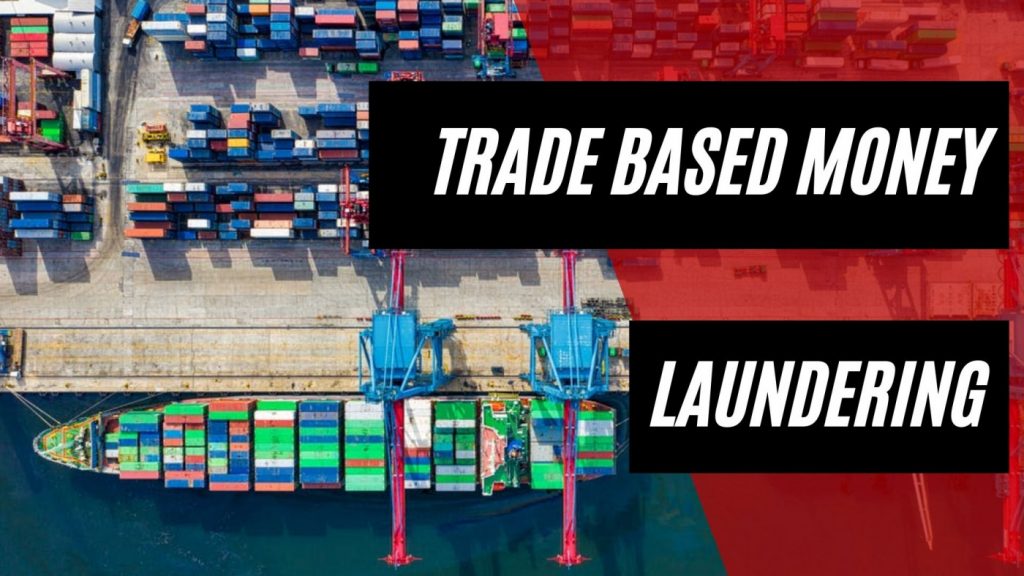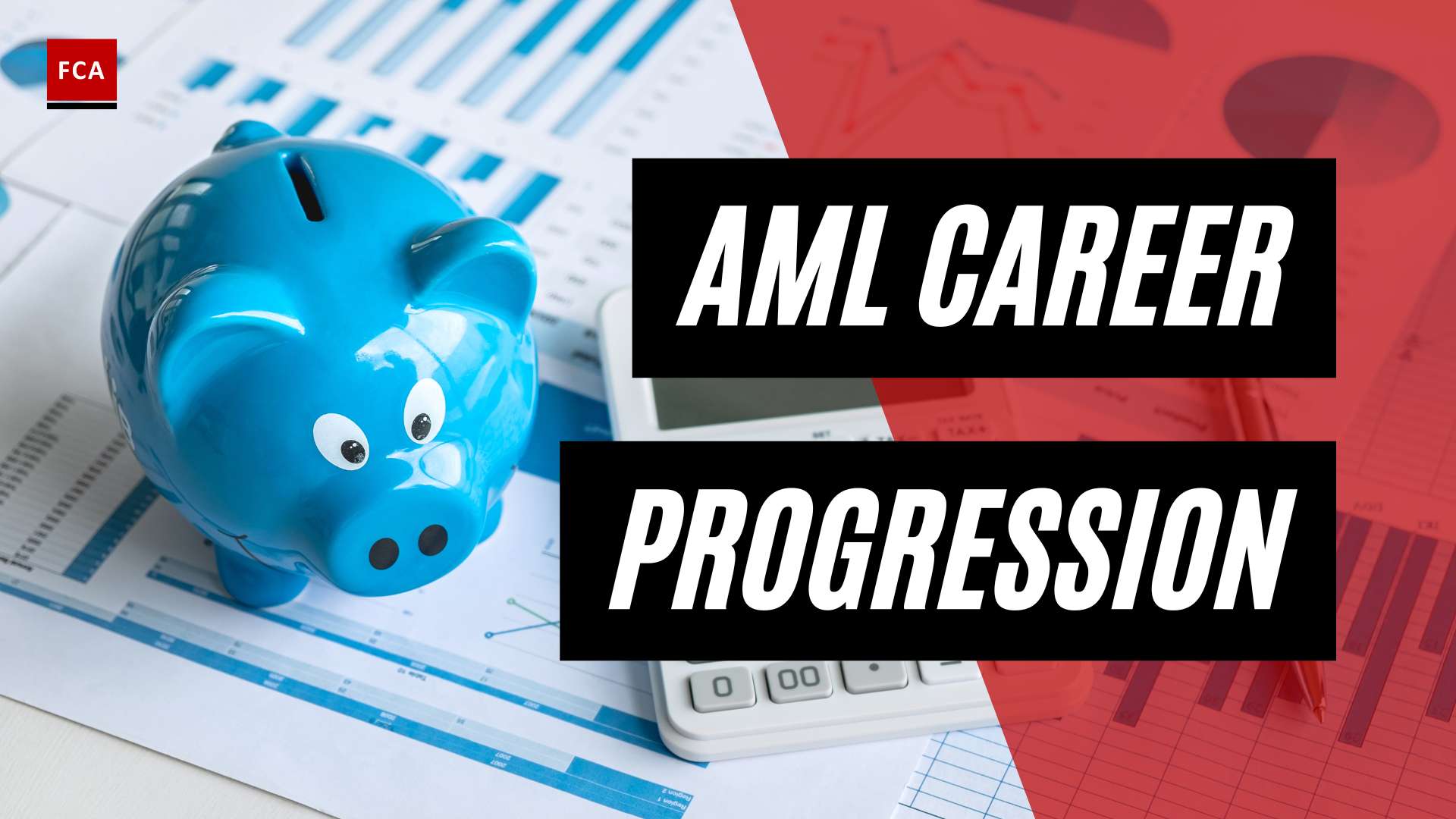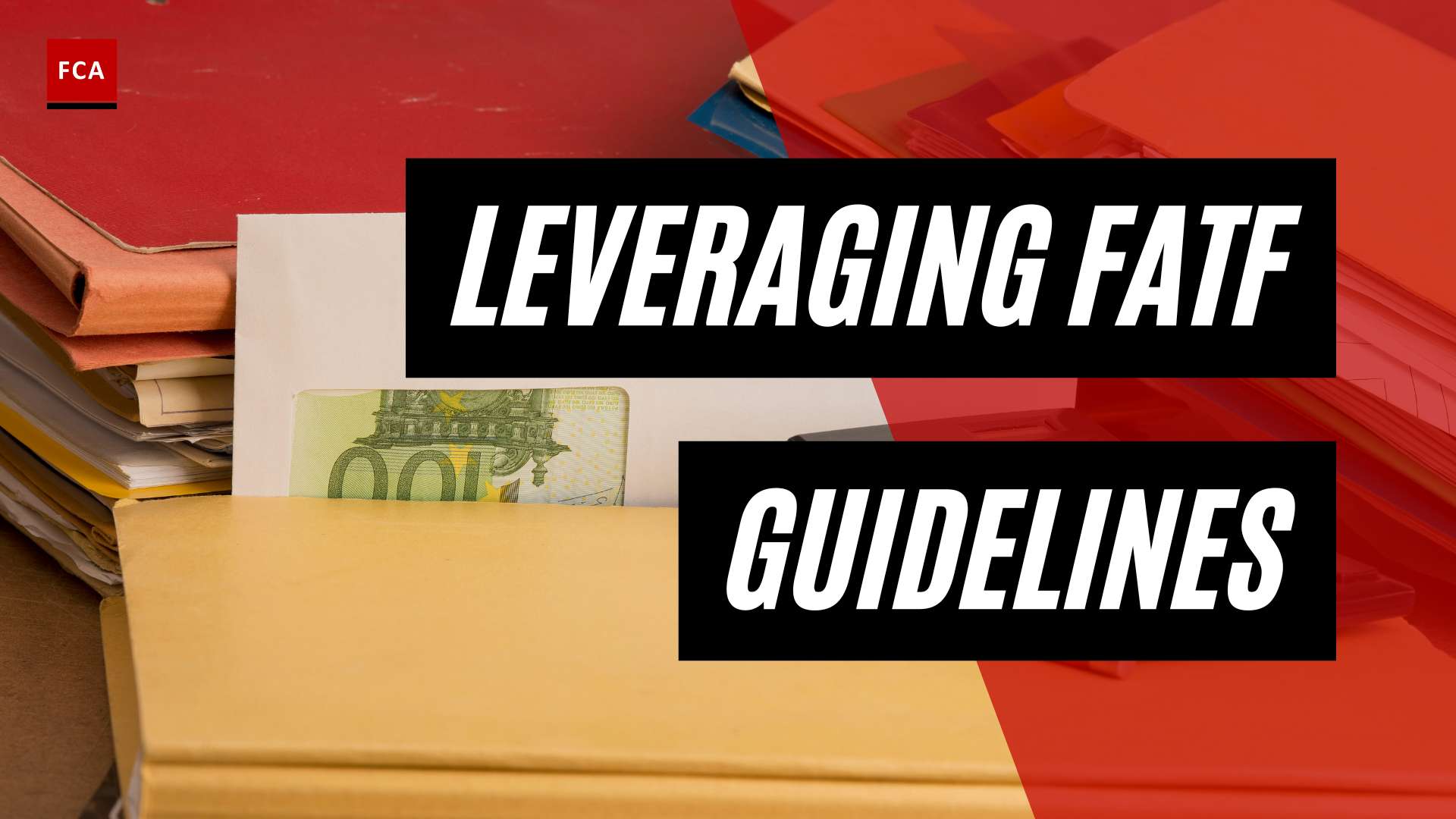Table of Contents
- 1. Over-Invoicing Or Under-Invoicing
- 2. Over-Shipping Or Short-Shipping
- 3. Ghost-Shipping
- 4. Shell Companies
- 5. Multiple Invoicing
- 6. Black Market Trades
Trade-based money laundering methodologies are oftentimes involving a misrepresentation of the value of the goods that are part of a trade deal. In the recent years, criminal investigators have unraveled some absurd examples for Trade based Money Laundering Methods, including 12 pairs of men’s underwear for as much as 739 US-Dollar and a rocket launcher for only 52 US-Dollar.
Essentially, trade-based money laundering is the process of disguising the proceeds of crime and moving value through the use of trade transactions in an attempt to legitimize their illicit origins.
In practice, trade-based money laundering can be achieved through the misrepresentation of the price, quantity or quality of imports or exports. Moreover, trade-based money laundering techniques vary in complexity and are frequently used in combination with other money laundering techniques to further obscure the money trail.
According to the Financial Action Task Force (FATF), there are six different methods of trade-based money laundering, which are as follows.
1. Over-Invoicing Or Under-Invoicing
In the case of over-invoicing, the goods or service are priced above the fair market price, and the seller is able to receive value from the buyer.
In the case of under-invoicing, the goods or service are priced below the fair market price, and the seller is able to transfer value to the buyer.
2. Over-Shipping Or Short-Shipping
Over-shipping or short-shipping works through a difference in the invoiced quantity of goods and the quantity of goods that are shipped.
The buyer or seller gains excess value based on the payment made
3. Ghost-Shipping
Ghost-shipping is fictitious trades where a buyer and seller collude to prepare all the documentation indicating goods were sold, shipped and payments were made.
In reality, no goods were actually shipped
4. Shell Companies
Shell companies are part of a broader subject. that goes beyond of the scope of this article.
They are basically used to reduce the transparency of ownership in the transaction.
5. Multiple Invoicing
Multiple invoicing means that numerous invoices are issued for the same shipment of goods.
This allows the money launderer the opportunity to make numerous payments and justify them with the invoices
6. Black Market Trades
Black market trades are also commonly referred to as the Black-Market Peso Exchange.

Hereby, a domestic transfer of funds is used to pay for goods by a foreign importer.









